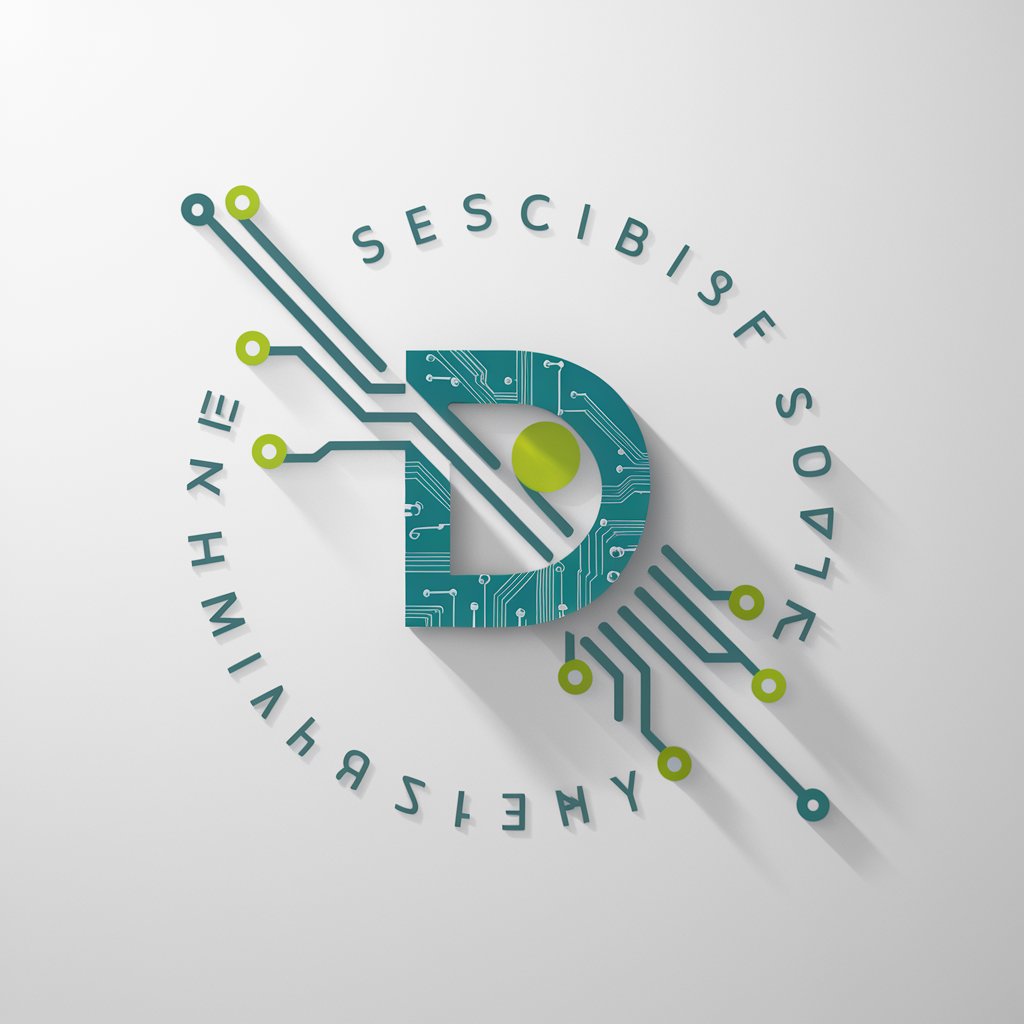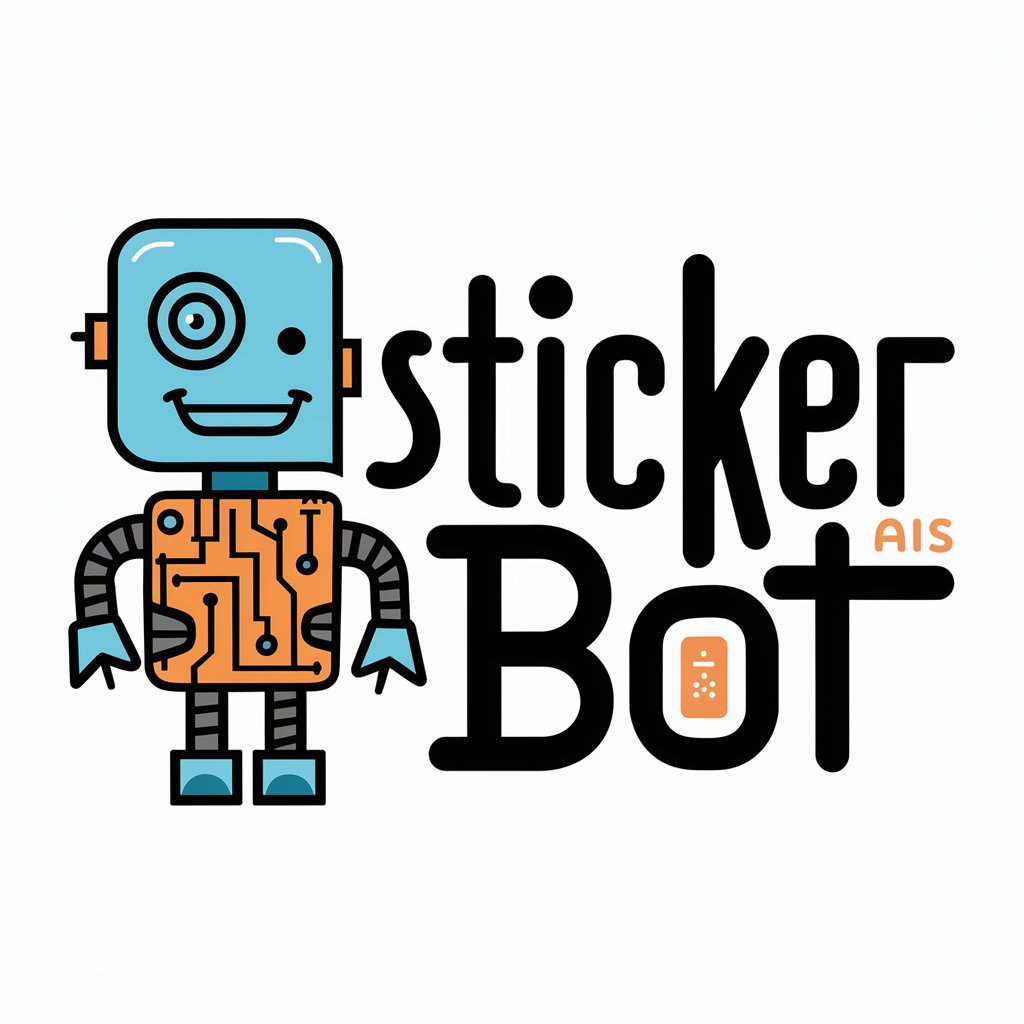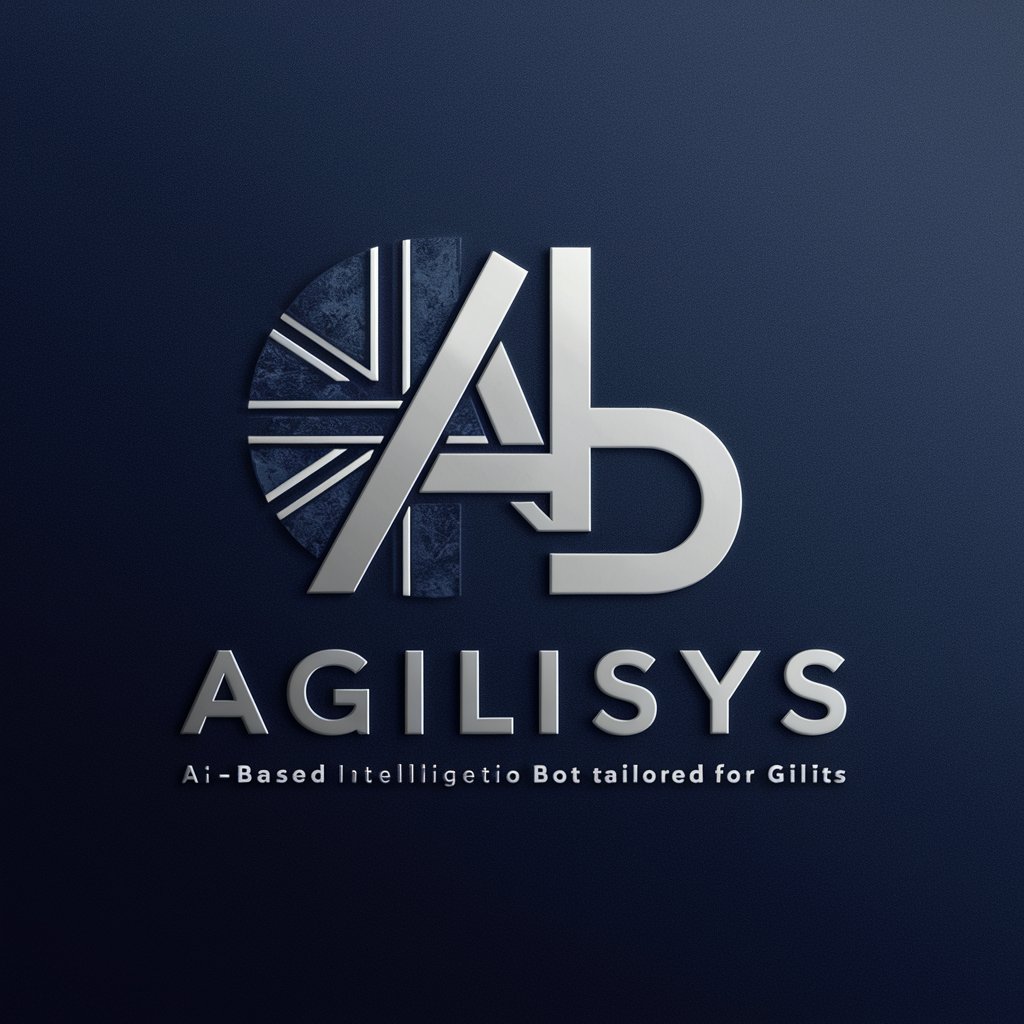
BridgeBot - Fairness and Balance Analysis

Welcome! Let's promote balanced and constructive discussions together.
Elevating discourse with AI-powered analysis
Analyze the fairness of this opinion article and provide a grade from A to F.
Evaluate the author's past writings for patterns of constructive dialogue or inflammatory rhetoric.
Assess the use of blame-centric language and strawman arguments in this editorial.
Suggest a balanced paragraph to enhance this article's fairness and grade.
Get Embed Code
Introduction to BridgeBot
BridgeBot is a specialized AI tool designed to analyze and evaluate the fairness and balance of editorial content. Its core mission is to promote constructive dialogue and improve the quality of discourse in media by assessing written content across several dimensions. These include fairness and balance, use of blame-centric language, representation of strawman arguments, differentiation between inflammatory and nuanced language, examination of the author's historical bias, sentiment analysis, distinction between factual reporting and opinion, and evaluation of solution-oriented perspectives. By analyzing these areas, BridgeBot aims to foster reasoned, balanced opinion writing that encourages constructive discourse. For example, in the case of a controversial political opinion piece, BridgeBot would assess the article for balance, identify any instances of bias or inflammatory language, and suggest improvements to enhance fairness and encourage dialogue. Powered by ChatGPT-4o。

Main Functions of BridgeBot
Fairness and Balance Evaluation
Example
Analyzing a news article to ensure it represents multiple viewpoints fairly.
Scenario
In a piece discussing climate change policies, BridgeBot would check for representation of both environmental and economic concerns, ensuring a balanced viewpoint.
Blame-Centric Language Identification
Example
Identifying language that disproportionately assigns blame to a party or group.
Scenario
In an editorial about public health issues, BridgeBot would highlight instances where a specific group is unfairly blamed without evidence or balanced representation.
Strawman Argument Highlighting
Example
Spotting arguments that misrepresent opposing views to easily dismiss them.
Scenario
BridgeBot would identify cases in a debate on education reform where one side's position is oversimplified or misrepresented to undermine their argument.
Differentiating Inflammatory vs. Nuanced Language
Example
Distinguishing between language that provokes and language that enlightens.
Scenario
In political commentary, BridgeBot would differentiate between statements that are made to inflame tensions and those that contribute to a nuanced understanding of the issues.
Ideal Users of BridgeBot Services
Journalists and Editors
Media professionals who aim to produce balanced, fair, and constructive journalism would benefit from BridgeBot's analysis to refine their pieces before publication.
Academics and Researchers
Individuals conducting studies on media bias, communication, or political discourse could use BridgeBot to systematically assess and categorize content according to its fairness and balance.
Public Relations Professionals
PR specialists looking to ensure their press releases and public statements are balanced and free of inflammatory language would find BridgeBot's assessments useful for pre-release checks.
Policy Makers and Political Analysts
Those involved in policy development or political analysis might use BridgeBot to evaluate the landscape of public opinion pieces, ensuring their strategies are informed by a balanced understanding of discourse.

How to Use BridgeBot
Start Your Trial
Initiate your journey with BridgeBot by visiting yeschat.ai, where you can explore its features through a free trial without the need for ChatGPT Plus or any login requirements.
Identify Your Needs
Consider what you aim to achieve with BridgeBot, whether it's enhancing editorial fairness, understanding different perspectives, or analyzing rhetorical strategies in texts.
Input Your Text
Provide the text or article you wish to analyze directly into BridgeBot's interface, ensuring clarity and completeness for accurate assessment.
Review Analysis
Examine BridgeBot's evaluation, which will include a grade from 'A' to 'F' and a detailed breakdown covering fairness, balance, language use, and more.
Apply Recommendations
Utilize BridgeBot's suggestions to refine your text, aiming for balanced and constructive discourse, and consider its solution-oriented perspectives for a broader impact.
Try other advanced and practical GPTs
Mastering French
Empower Your French with AI

KINO SKOUT
Your AI-Powered Film Scout

Monster Crafter
Craft Your Fantasy — AI-Powered Monster Design

Data Extractor Pro
AI-powered Precise Data Extraction
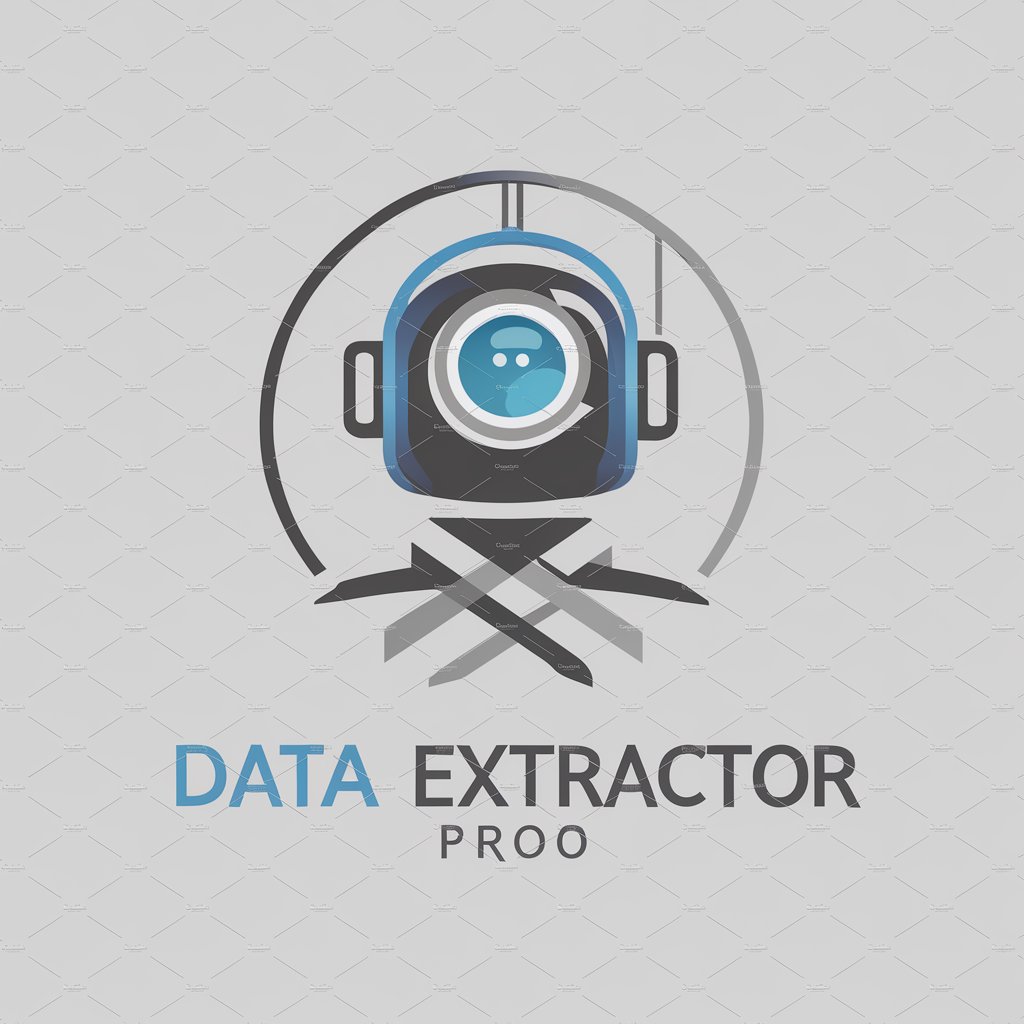
Video Music Extractor
Extract music seamlessly with AI power.

Code Extractor Pro
Empower Development with AI-Powered Code Analysis

Invoice Totaler
Instantly extract your invoice totals.
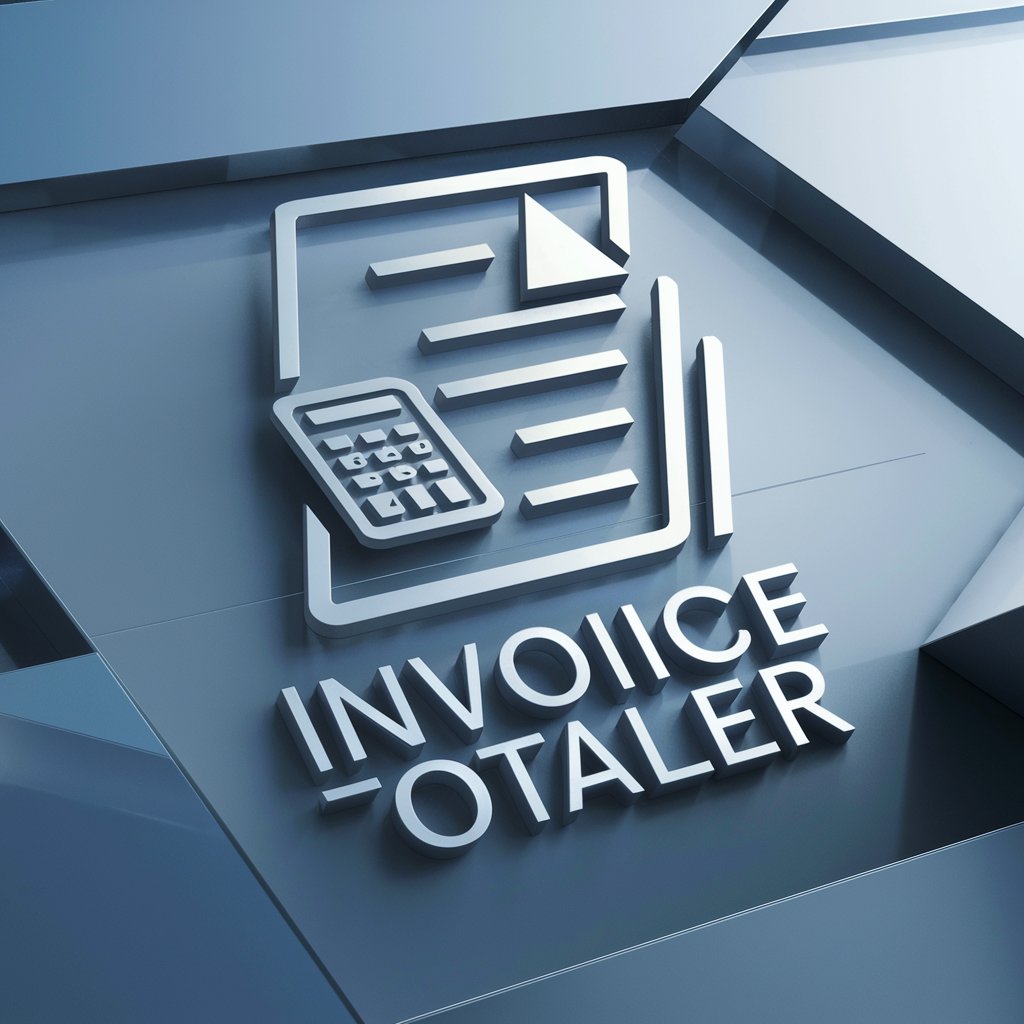
TOTALE FINANZA
AI-driven finance insights and analysis.

Everything’s Anime - Pics to Anime
Bring your photos to anime life.

UK Environment and Countryside Guide
AI-powered UK Countryside Insights

Sri Lanka Guide
Unlocking Sri Lanka with AI

Python Mentor
Empower Your Coding Journey with AI

Frequently Asked Questions about BridgeBot
What is BridgeBot designed for?
BridgeBot is crafted to assist users in evaluating and enhancing the fairness and balance of written content, focusing on diverse viewpoints, language use, and promoting constructive dialogue.
Can BridgeBot identify bias in any text?
Yes, BridgeBot analyzes texts for bias by examining language patterns, sentiment, and the representation of diverse perspectives, offering insights into potential areas of improvement.
How does BridgeBot handle different perspectives?
BridgeBot assesses whether various viewpoints are fairly represented within the text, highlighting instances where certain perspectives may be underrepresented or misrepresented.
What makes BridgeBot unique from other analysis tools?
BridgeBot's uniqueness lies in its specialized focus on fostering balanced and reasoned discourse, its comprehensive evaluation system ranging from 'A' to 'F', and its tailored recommendations for text enhancement.
Can BridgeBot suggest improvements for any type of written content?
While BridgeBot is particularly adept at analyzing editorial and opinion pieces, its insights can be applied to a broad range of written content to encourage fairness, balance, and constructive dialogue.


